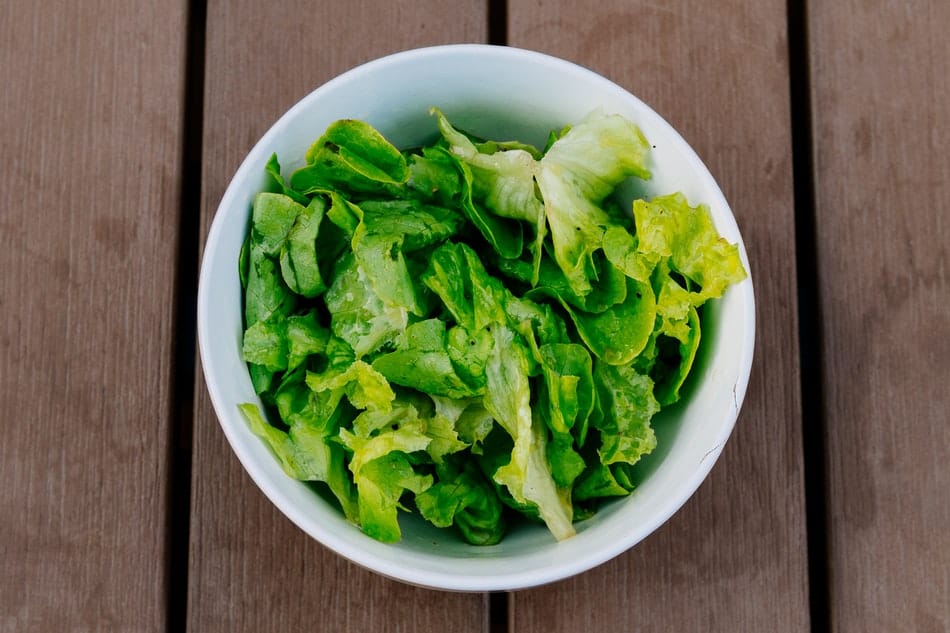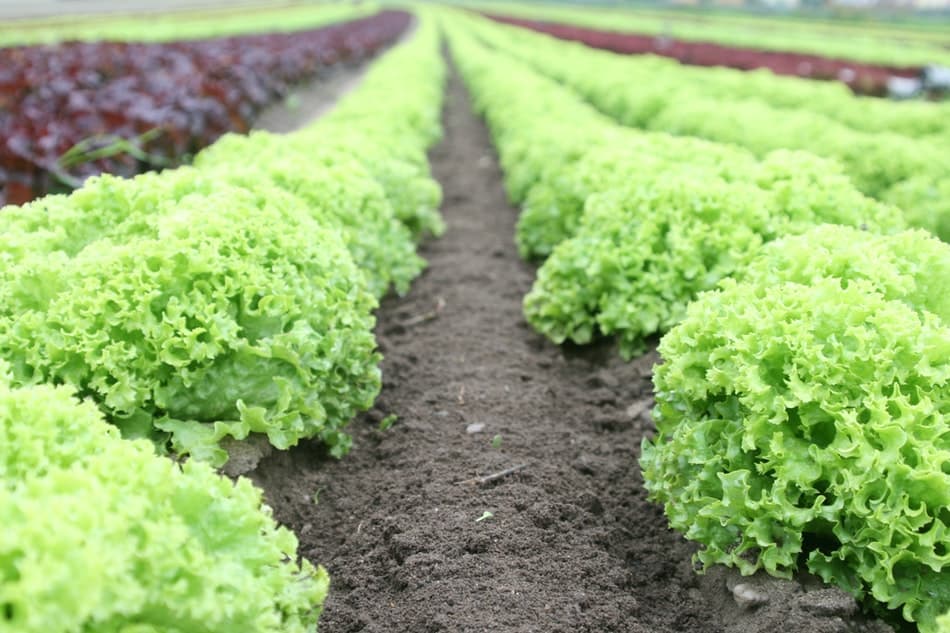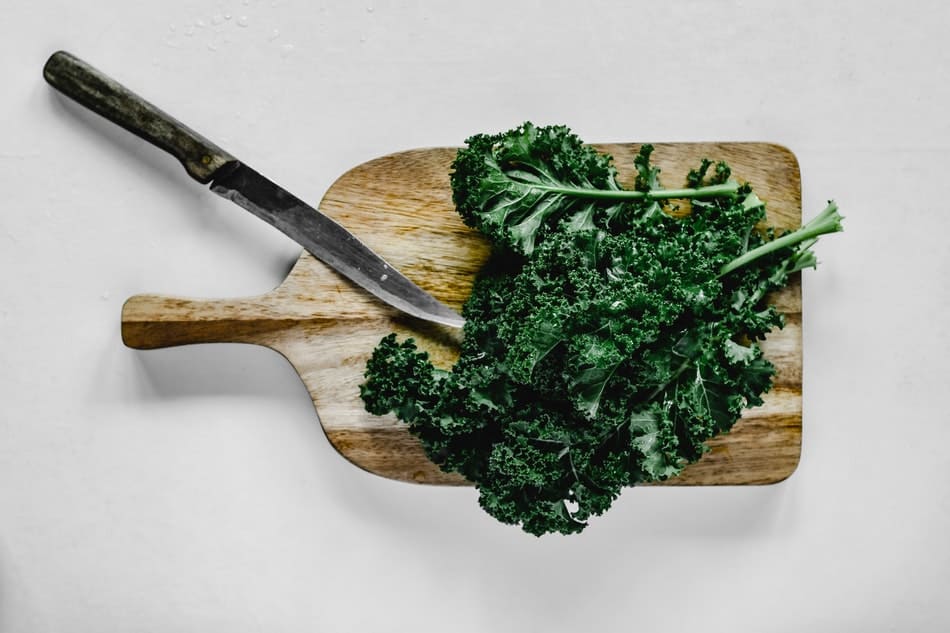If you’ve been thinking about starting a microgreens business, you may be asking the question, how many hours of light do microgreens need? The answer to this question will depend on the type of microgreens that you are growing. In this article. I will discuss the different types of light requirements for various types of microgreens. I will also provide tips on how to create a grow light system for your microgreens business. Stay tuned!
To ensure your microgreens get enough light, aim for 14-16 hours of light each day. This can be provided by natural sunlight or grow lights. If using grow lights, choose a full-spectrum LED light for the best results.
What Happens If You Don’t Grow Microgreens With Enough Light?
If you don’t grow microgreens with enough light, they will become etiolated. This means that they will become thin and weak, with long internodes (the distance between leaves). The leaves will also be pale in color. Etiolation occurs when a plant does not get enough light. It is often seen in indoor plants that are not close enough to a window.

Etiolated microgreens are still edible, but they are not as nutritious as microgreens that have been grown with enough light. They will also not look as good, so if you are growing microgreens for aesthetics, you will want to make sure they get plenty of light.
If you think your microgreens are etiolated, move them to a brighter location. If they are still not getting enough light, you can try using grow lights. These are special lights that emit the wavelengths of light that plants need for photosynthesis.
With proper care, your microgreens should start to look better within a few days. Soon, they will be healthy and beautiful!
Do You Need To Blackout Microgreens Sometimes?
Yes, you might need to blackout microgreens sometimes. The main reason is to allow the plants to focus on root growth and not top growth. If you are growing your microgreens or have a windowsill garden, this can be easily done by placing a cardboard box over the plants. Make sure to poke some holes in the box for air circulation. Another reason to blackout microgreens is if you are trying to force a certain color change. For example, blue corn leaves will turn green when exposed to light but will stay blue in the darkness.
So there you have it, two reasons why you might need to blackout your microgreens – either for improved root growth or to preserve leaf coloration. As always, experiment to see what works best for you and your plants!

How To Grow Microgreens
One of the easiest and most rewarding things you can do with very little space is growing microgreens. Microgreens are nutrient-rich, flavorful, and beautiful – perfect for salads, sandwiches, and garnishes. Growing your microgreens is easy and only takes a few supplies and a little bit of time. Here’s how to get started:
You will need:
- a container with drainage holes (recycled plastic food containers work well)
- potting mix or seed starting mix
- seeds!
To start growing your microgreens, fill your container with potting mix or seed starting mix to about an inch below the rim of the container. Next, sprinkle your seeds evenly over the surface of the soil. Gently press the seeds into the soil and then mist with water. Cover the container with a lid or plastic wrap to create a humid environment for germination. Place your container in a sunny spot – a windowsill works well. Keep an eye on your seedlings and mist them with water if the soil begins to dry out. In about a week, you should see little sprouts poking up through the soil!
Now that you’ve got microgreens growing in your home, it’s time to start harvesting! Microgreens are ready to harvest when they reach about two inches tall. Using sharp scissors, cut the greens just above soil level. Be sure to cut evenly across the container so that new greens can continue to grow. After harvesting, give your plants a light misting of water and return them to their sunny spot. In another week or so, you’ll be able to harvest again!
With a little bit of care, you can enjoy fresh microgreens all winter long. So get growing and enjoy the taste of summer – no matter what the season!
How Long Does It Take To Grow Microgreens?
Microgreens are gaining popularity as a healthy and flavorful addition to salads, sandwiches, and other dishes. But how long does it take to grow microgreens?
The answer depends on the type of microgreen you are growing. Some varieties, such as radishes, can be ready to harvest in as little as two weeks. Others, like kale or chard, may take four weeks or more.
To speed up the process, many growers use grow lights and/or soil heating mats. These can help your microgreens reach maturity a bit faster than if they were grown in natural light alone.
If you’re patient (and we know you are), then you can expect to see results in about two to four weeks. But if you can’t wait that long, then using grow lights and/or a soil heating mat will help your microgreens reach maturity a bit faster. Either way, you’ll be enjoying healthy and delicious microgreens in no time!
Best Microgreens To Grow
Microgreens are one of the hottest trends in gardening and for good reason. They’re easy to grow, highly nutritious, and can be used in a variety of dishes. If you’re looking to get into microgreens, here are some of the best varieties to grow.
- Radish: Radish microgreens have a milder flavor than full-grown radishes, making them ideal for salads and other raw dishes. They’re also very quick to grow, so you can enjoy your first crop in as little as two weeks.
- Arugula: Arugula microgreens have a peppery flavor that’s perfect for adding a kick to sandwiches and salads. They take a bit longer to mature than radish microgreens, but they’re well worth the wait.
- Beet: Beet microgreens are a bit sweeter than other varieties, making them ideal for adding to fruit and vegetable smoothies. They’re also beautiful to look at, so they make a great garnish for any dish.
- Broccoli: Broccoli microgreens are packed with nutrients and have a slightly bitter flavor that goes well in stir-fries and soups. They take a bit longer to mature than other types of microgreens, but they’re worth the wait.
Final Words
So, how much light do microgreens need? The answer may surprise you – they don’t need very much at all! Most microgreens will do just fine with 14 hours of light per day. So if you’re looking to start growing your microgreens, there’s no need to invest in expensive grow lights. A simple window sill or countertop near a sunny window will do the trick.
Happy growing!
Related Articles

